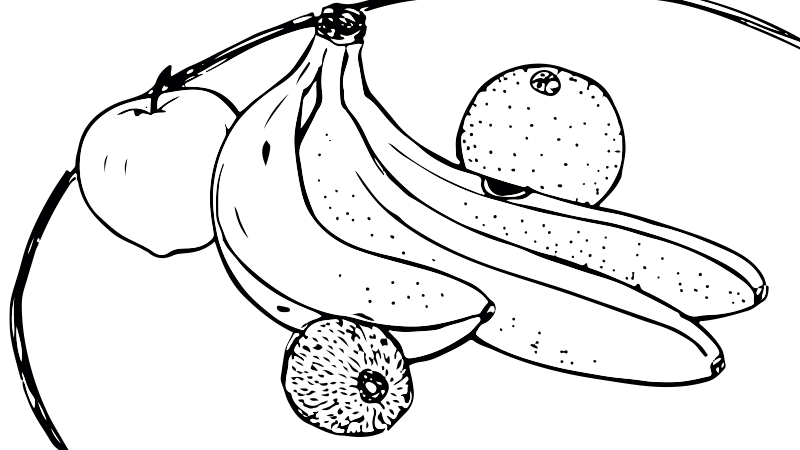Short description of the topic
In this activity, children get to know the term still life and view examples of still life photography. They create a still life table with fruits and vegetables and try out different perspectives.
Learning outcomes
-
Competencies
- Linguistic competences: new vocabulary
- Digital and media competence
- Artistic competence: exploring perspective, light, composition
- Detecting details
-
Target group
5 years and up- Whole class: Discussing still life, viewing photos of still life on a laptop
Individual work: Photographing
- Whole class: Discussing still life, viewing photos of still life on a laptop
-
Required materials
- Camera
- Computer
- objects for still life setting
- tablecloth (optional)
-
Materials
- Photos of Edward Weston:
https://edward-weston.com
- Photos of Edward Weston:

Download
(.pdf 174.14 KB)
Description of the activity (step by step)
Preparation:
Ask the children if they know what the words “still life” mean. Let the children express their opinions and make predictions related to the new phrase. Then, explain what still life is and look at the examples of still life together on the computer.
Show pictures of fruits and vegetables made by Edward Weston. Show a picture at a time and let the children guess what it depicts. Is it a pepper bell, a mushroom, or a cabbage? Weston photographed the objects from interesting perspectives and created an intriguing image of ordinary and everyday objects with the help of expert lighting. Make children aware of different perspectives and try to figure out how Weston took the photos – from above, front or bellow? What colors can they see? What form do the objects have?
Implementation:
Prepare two or three tables where you will take the photos. You can make them more neutral by covering them with a white table cloth. Prepare some fruits and vegetables in a basket and let the children choose what they would like to photograph. You can let the children help you prepare the setting. You can decide together how to place the objects, how many, etc. Let the children carefully inspect each object from all sides and discuss what might be interesting on a photograph.
Then let the children take photos freely. Remind them of the different perspectives Weston used and motivate them to experiment with perspective as well. Encourage them to take photos of details and try out different distances to the object.
Reflection:
Divide the children into small groups and look at the photos they took on the computer. Discuss the pictures: what is on the photo, what color is it, how are the photos different from each other, etc.
Compare the photos and try to find out together which was taken from a smaller distance and which from farther away, which was taken from above and which from the side, etc.
Variations and additional ideas
Organize still life photographing several times. You can include flowers from the kindergarten garden, children’s favorite toys, leaves from a nearby tree, food, etc.
You can ask children to make towers of objects and photograph them – how many apples can they stack one on another? How many dry leaves? How many building blocks?
You can photograph still life inside or outside.
The children can take photos of the composition first, and then try to paint it. How do the artworks differ in approach?
Background information and didactical perspective
Still life: Still life is a work of art that focuses on inanimate objects. Most often it includes ordinary and everyday objects. They can be natural (plants, vegetables, stones, and feathers) or manmade (items of clothing, toys, prepared food).
The focus of still-life photography is put on the arrangement of objects, framing, and lighting. The use of unusual perspectives and framing can turn ordinary objects into something special. Still life is a great genre for children. They can experiment with perspectives and arrangements. The object does not move. They can observe that light changes throughout the day, etc. They can take pictures of objects they like and discover the basics of photography intuitively.
Edward Weston (1886 – 1958) was an American photographer. He was one of the most influential American photographers of the 20th century and photographed still life, nudes, portraits, landscapes, and other genres.

